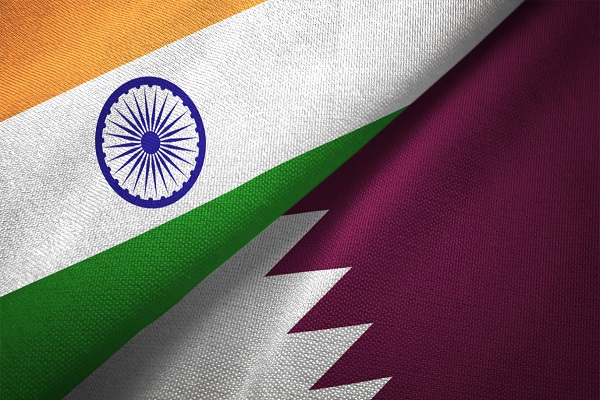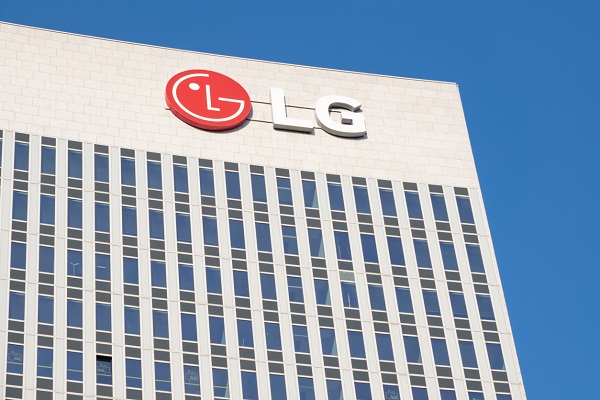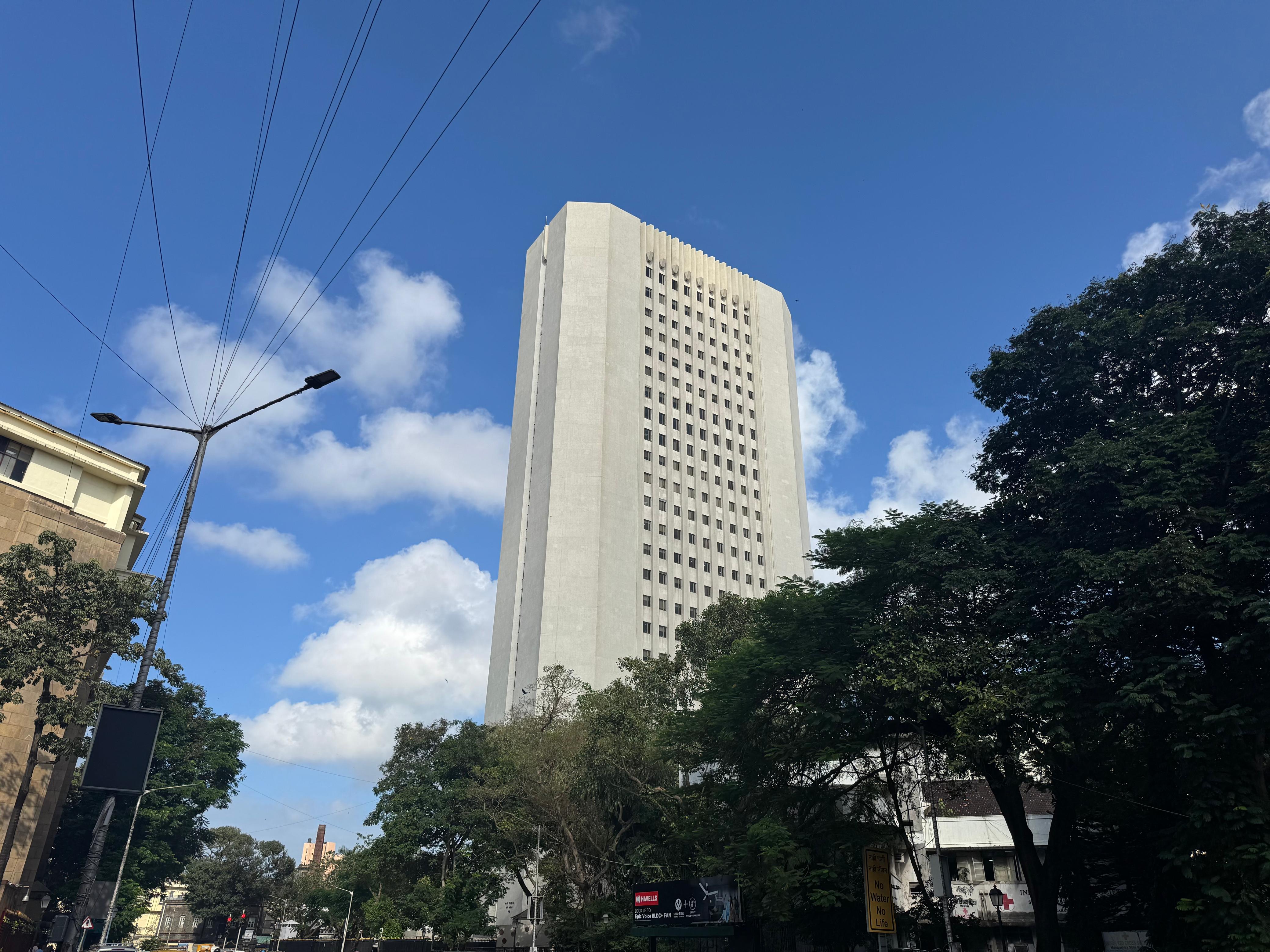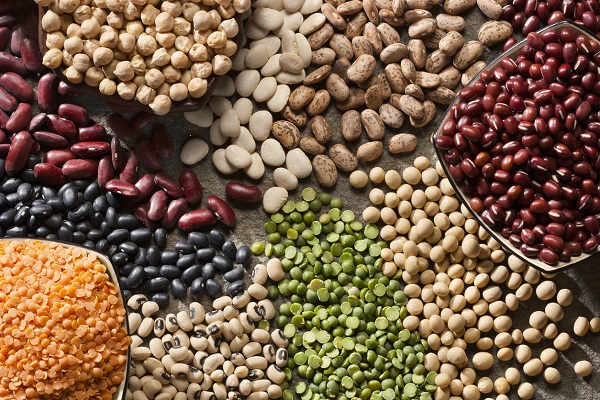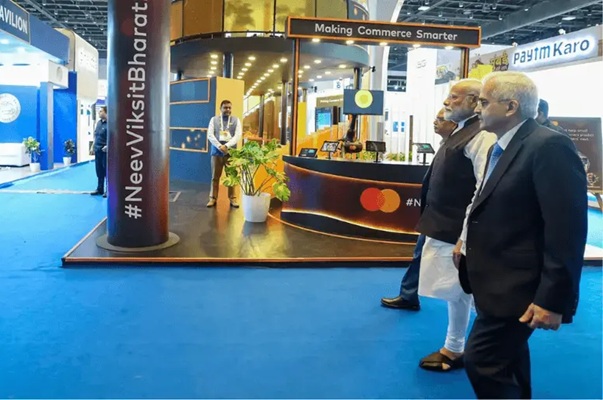.png)

By Ajay Srivastava
Ajay Srivastava, founder of Global Trade Research Initiative, is an ex-Indian Trade Service officer with expertise in WTO and FTA negotiations.
October 8, 2025 at 10:16 AM IST
The September 2025 Israeli airstrike in Doha, the first-ever attack inside a Gulf Cooperation Council state, exposed the fragility of Qatar’s security environment and the limits of US protection. Although Israeli Prime Minister Netanyahu later apologised under US pressure and US President Donald Trump issued an executive order promising to treat any future strike on Qatar as a threat to US peace and security, the incident underscored that Washington’s guarantees are not absolute.
Even Qatar’s earlier gesture of gifting Trump a $400 million Boeing 747-8 jet as a symbol of friendship did not prevent the violation of its sovereignty. As a result, Doha is now recalibrating its foreign policy, seeking strategic diversification beyond traditional Western alliances. Strengthening ties with India, an emerging global power with growing economic and defence capabilities, offers Qatar a stable partner in Asia, potential technology and investment collaboration, and a voice in a multipolar world less dependent on the US.
India Perspective
Its location in the Persian Gulf gives it influence over key maritime trade routes that underpin India’s import flows.
The presence of over 800,000 Indian workers in Qatar not only strengthens people-to-people links but also contributes significantly to India’s remittance inflows. Closer political ties with Doha also help India balance relationships across the Gulf, especially amid regional rivalries, while ensuring a steady foothold in West Asia’s evolving security landscape.
As Qatar looks to diversify partnerships and India seeks reliable energy and geopolitical partners, the convergence of strategic interests is driving both nations toward a deeper, more resilient partnership.
India’s trade with Qatar stood at $14.15 billion in 2024-25. The trade relationship remains heavily skewed toward energy imports, with petroleum crude and gas products making up nearly 90% of India’s total imports from Qatar.
India’s exports to Qatar totaled $1.68 billion, while imports surged to $12.46 billion, producing a substantial trade deficitof $10.78 billion.
Imports from Qatar were overwhelmingly comprised petroleum crude and gas products, amounting to $11.08 billion, nearly 88.9% of total imports. The energy components included:
• Liquefied Natural Gas: $6.39 billion
• Liquefied Butanes: $1.67 billion
• Liquefied Propane: $1.54 billion
• Petroleum Crude: $1.06 billion
• Other Petroleum Products: $407 million
These products remain the core of bilateral trade, reflecting India’s heavy reliance on Qatar for LNG and hydrocarbon supplies.
Outside energy, India’s non-petroleum imports totalled $1.24 billion, showing a diverse mix of industrial inputs and materials:
• Fertilisers (Manufactured): $208 million
• Organic Chemicals: $257 million
• Plastic Raw Materials: $222 million
• Aluminium and Aluminium Products: $148 million
• Dye Intermediates: $113 million
• Inorganic Chemicals: $97 million
• Residual Chemical Products: $78 million
• Sulphur and Unroasted Iron Pyrites: $65 million
Although these non-oil items show pockets of growth, especially in fertilisers and dyes, they form only 11% of total imports, leaving the overall trade profile heavily skewed towards energy.
Uneven Exports
• Products of Iron and Steel: $154 million
• Rice (Basmati): $123 million
• Rice (Other than Basmati): $40 million
• Gold and Precious Metal Jewellery: $110 million
• Processed Minerals: $89 million
• Motor Vehicles / Cars: $88 million
• Petroleum Products: $62 million
• Industrial Machinery for Dairy and Related Uses: $40 million
• Organic Chemicals: $42 million
• Ceramics and Allied Products: $35 million
• Electrical Machinery and Equipment: $33 million
• Electronic Instruments: $31 million
• Buffalo Meat: $28 million
• Iron and Steel (Primary): $27 million
• Sugar: $27 million
While processed minerals and industrial machinery recorded strong gains, declines in iron and steel, vehicles, and ships kept overall export growth muted.
Trade Outlook
India should diversify imports by promoting industrial partnerships in chemicals, fertilisers, and metals, expand exports of engineering goods, machinery, and value-added food products, and explore joint ventures in energy infrastructure to deepen strategic ties.
The partnership remains strategically vital. Qatar is a key supplier of LNG and crude, while India offers a large consumer market and growing demand for industrial products. But without broader trade diversification, the relationship will continue to hinge on volatile energy prices.
The evolving India–Qatar partnership reflects a pragmatic convergence of needs — Qatar’s quest for diversified security and investment partners and India’s pursuit of stable energy supplies and regional influence.
While trade remains heavily dominated by hydrocarbons, both countries recognise the need to broaden co-operation into new sectors such as chemicals, fertilisers, metals, and engineering goods. Unless trade is balanced, prereferral trade agreement giving concessions on petrochemicals may not be in India’s favour.
Joint ventures in energy infrastructure, technology collaboration, and cross-border investments can help reduce India’s trade deficit and reinforce Qatar’s role as a trusted long-term partner.
As global power dynamics shift toward a multipolar order, a stronger India–Qatar axis promises mutual resilience, economic complementarity, and greater strategic autonomy for both nations.
BasisPoint Briefing — Explainers from seasoned practitioners for readers who want more than the basics.
